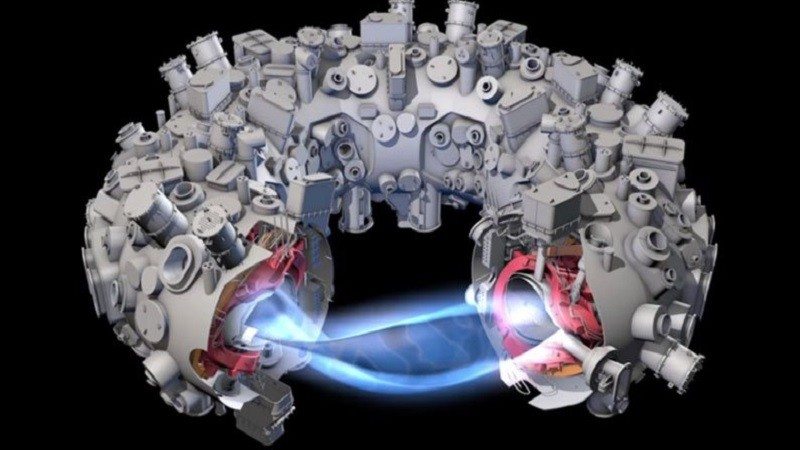Germany Creates a Working Nuclear Fusion Machine
Cernescu Andrei / 9 years ago

Obtaining clean and almost limitless energy supplies is definitely not an easy task, but it looks like it’s not an impossible task either, as Germany has recently fired up a working nuclear fusion machine. Nuclear fusion has been achieved before using tokamak reactors, but the problem with this type of reactor is that it could only control plasma for a maximum of 6 and a half minutes, which isn’t a lot of time to harvest any usable energy. Unlike nuclear fission that’s currently being used for today’s nuclear power plants, nuclear fusion does not produce any radioactive waste, and it is also a lot safer. Just in case you’re not familiar with nuclear fusion, we’ll tell you that it happens when atoms fuse at incredibly high temperatures and release energy. Controlling this energy is the tricky part, but it can be done with the help of superconducting magnets.
The German device is called Wendelstein 7-X (W7-X), and it is actually a stellarator. What makes it special is the fact that it can produce and control plasma, albeit for just one-tenth of a second in its current phase. On December 10, the Max Planck Institute for Plasma Physics retweeted this incredible image of the machine’s first plasma.
Das erste Plasma!!! / The first plasma!!! (js) #W7X pic.twitter.com/lWk1ykaisA
— MPI für Plasmaphysik (IPP) (@PlasmaphysikIPP) December 10, 2015
Needless to say, scientists are incredibly excited about the breakthrough, and even though W7-X is just a proof-of-concept for stellarators right now, it could pave the way for future generations of stellarators that could potentially handle plasma for up to 30 minutes at a time.



















